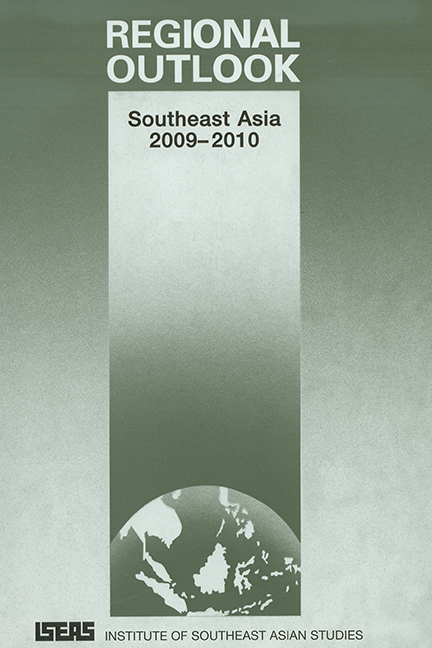Introduction
Published online by Cambridge University Press: 21 October 2015
Summary
Two events in the first month of 2008 symbolized the passing of one era in Southeast Asia's political development and the dawning of a new one. On 27 January, former Indonesian President Soeharto died at the age of eighty-six after a long illness. Perhaps more than any other Southeast Asian leader, Soeharto embodied a bygone age. The archetypal strongman had risen to power on the back of an attempted coup by the Indonesian Communist Party on 30 September 1965; at the time, nearby Indochina was wracked by conflict and Southeast Asia itself was riven by Cold War rivalries among the Great Powers. Soeharto ruled Indonesia for thirty-two years, crushing all political opposition but transforming the economic fortunes of the country. His passing was appropriately mourned in Indonesia, though in a country that has transformed itself into a vibrant democracy since the collapse of the New Order in 1998, few looked back with nostalgia at the former strongman's tenure.
Earlier in January, a political transformation of a different kind was taking shape. On the first day of the New Year, Dr Surin Pitsuwan assumed the office of Secretary-General of the Association of Southeast Asian Nations (ASEAN). As he took up his responsibilities, the dynamic former Thai foreign minister did not mince his words, warning that if ASEAN did not reinvent itself it risked marginalization and irrelevance: “Without a strong centre, ASEAN cannot remain the fulcrum of power plays in the region. It cannot remain in the driver's seat in political, economic and security affairs.” In order to sit behind that wheel, ASEAN believes it needs a new license, and that new license is the ASEAN Charter. Signed in November 2007 during the Association's 40th anniversary year, the Charter introduces a rules-based framework designed to realize the aspiration of an ASEAN Community by 2015.
- Type
- Chapter
- Information
- Regional OutlookSoutheast Asia 2009-2010, pp. ix - xviPublisher: ISEAS–Yusof Ishak InstitutePrint publication year: 2008



